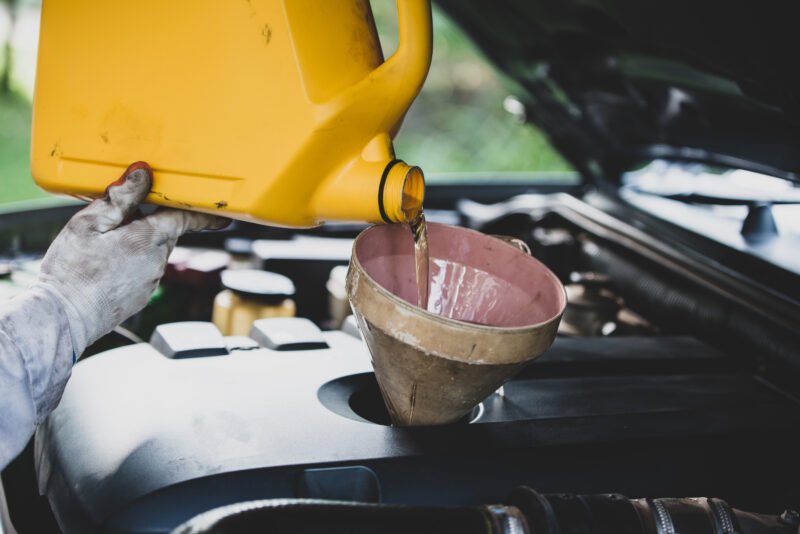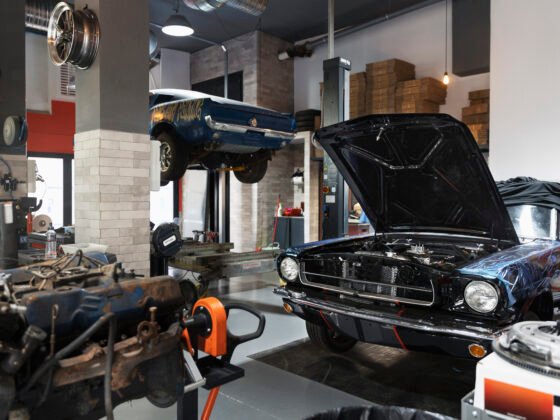The Chevy LS engine series has long been a favorite among automotive enthusiasts and professionals alike, known for its reliability, power, and adaptability. One essential component that plays a critical role in maintaining the engine’s performance and longevity is the oil pan. Whether you’re building a custom LS swap or maintaining your factory engine, understanding the nuances of Chevy LS oil pans is crucial.
What Is an Oil Pan and Why Is It Important?
The oil pan is a reservoir located at the bottom of the engine. It holds engine oil, which lubricates, cools, and cleans critical engine components. In the Chevy LS engine, the oil pan design not only serves its primary function but also impacts factors such as ground clearance, engine placement, and overall performance.
Types of Chevy LS Oil Pans
Chevy LS oil pans come in various types, each designed to suit specific applications. Here’s a breakdown of the most common ones:
1. Factory Oil Pans
Factory LS oil pans are designed for specific vehicles and applications. They are ideal for stock configurations where maintaining OEM standards is essential. Key options include:
- F-Body Oil Pans: Used in Camaros and Firebirds, these pans are shallow and compact, offering excellent ground clearance.
- Truck Oil Pans: Found in Silverado and Sierra trucks, these pans are deeper to hold more oil, ideal for heavy-duty use.
- Corvette Oil Pans: These are low-profile pans designed for sports cars, ensuring optimal clearance for high-performance applications.
2. Aftermarket Oil Pans
For custom builds and LS swaps, aftermarket oil pans provide a tailored solution. Popular features include improved oil capacity, compatibility with custom chassis, and enhanced oil flow. Brands like Holley, Moroso, and ICT Billet offer a range of options to fit various needs.
3. Performance Oil Pans
Performance oil pans are designed for high-performance applications, such as racing or off-roading. These pans often include features like:
- Windage trays to reduce oil splashing.
- Baffling systems for better oil control.
- Increased capacity for prolonged lubrication during extreme conditions.
Key Factors to Consider When Choosing a Chevy LS Oil Pan
Selecting the right oil pan for your LS engine depends on several factors:
1. Vehicle Application
Consider whether you’re using the engine in a truck, car, or custom project. For example:
- A Corvette oil pan is ideal for low-clearance vehicles.
- A truck oil pan suits high-clearance or off-road setups.
2. Clearance Requirements
For custom builds, the depth and shape of the oil pan can determine whether it fits without modifications. Measure your chassis and suspension components to ensure compatibility.
3. Oil Capacity
Higher oil capacity enhances lubrication and cooling, especially for performance and heavy-duty applications. However, oversized pans might not fit all setups.
4. Material
Most Chevy LS oil pans are made from aluminum or steel:
- Aluminum pans are lightweight and dissipate heat effectively, making them ideal for performance use.
- Steel pans are durable and resistant to damage, perfect for rugged environments.
5. Compatibility with Accessories
Ensure the oil pan you choose is compatible with your oil pump, dipstick, and pickup tube. Aftermarket pans often require specific accessories to function properly.
Popular Chevy LS Oil Pan Options
Here are some top-rated oil pans for Chevy LS engines:
1. Holley 302-2
This low-profile oil pan is perfect for LS swaps in classic cars and hot rods. It offers excellent clearance and includes a complete kit with a pickup tube and baffling system.
2. GM Performance 12628771
The factory-style pan for LS3 and LS7 engines is a reliable choice for OEM builds and high-performance setups.
3. Moroso 20140
A premium choice for racing applications, this pan features a deep sump design, baffling, and a windage tray for superior oil control.
4. ICT Billet Swap Oil Pan
Designed for compatibility with various LS swaps, this pan offers a budget-friendly option with solid performance.
Installation Tips for Chevy LS Oil Pans
Proper installation is key to ensuring the oil pan functions as intended. Here are some tips:
- Use a High-Quality Gasket: Avoid leaks by using a durable gasket and ensuring the mating surfaces are clean and free of debris.
- Torque to Specification: Follow the manufacturer’s torque specs to prevent over-tightening or under-tightening.
- Check for Interference: Before final installation, ensure the oil pan doesn’t interfere with suspension components or crossmembers.
- Use the Correct Pickup Tube: Match the oil pan to the correct oil pickup tube for optimal oil flow.
Maintenance and Troubleshooting
To keep your Chevy LS oil pan in top condition, follow these maintenance tips:
- Inspect Regularly: Check for cracks, leaks, or dents that could compromise performance.
- Change Oil Frequently: Regular oil changes prevent sludge buildup and ensure the pan remains clean.
- Monitor Oil Levels: A damaged pan or faulty gasket can lead to oil loss, so always keep an eye on oil levels.
If you notice issues such as low oil pressure or leaks, address them promptly to avoid engine damage.
Conclusion
Chevy LS oil pans are more than just a container for engine oil—they’re a critical component that influences performance, clearance, and engine longevity. Whether you’re maintaining a factory setup or working on a custom build, choosing the right oil pan is essential. By understanding the different types, features, and factors to consider, you can ensure your LS engine runs smoothly for years to come.










